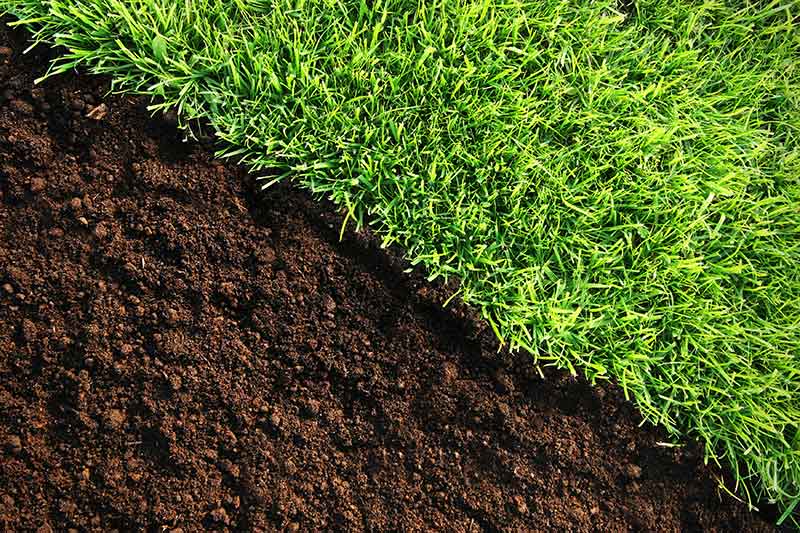Low Soil pH Healthy Lawn

Achieving a lush and vibrant lawn often starts with the soil's pH level. If your soil is too alkaline, lowering its pH can make a world of difference in creating the ideal environment for grass growth. In this comprehensive guide, we'll explore about the lower pH in lawn and pH soil for grass along with the importance of soil pH for grass, how to lower it effectively, and the benefits it brings to your lawn.
Understanding Soil pH and Its Impact on Grass
The pH Scale: Soil pH is measured on a scale from 0 to 14, with 7 being neutral. Values below 7 indicate acidic soil, while values above 7 are alkaline. Most grasses thrive in slightly acidic soil, typically between 6 and 7 on the pH scale. The Role of pH: Soil pH affects nutrient availability. In alkaline soil, some essential nutrients become less accessible to plants, hindering their growth. Lowering the pH can help unlock these nutrients, promoting healthier grass.
Lowering Soil pH for Grass: A Step-by-Step Guide
Soil Testing: Start by conducting a soil test to determine the current pH level. This analysis will guide your efforts in adjusting the pH to the optimal range for grass growth. Choose the Right Amendments: To lower soil pH, you'll typically need acidic amendments. Common options include sulfur, elemental sulfur, or aluminum sulfate. The choice depends on the severity of the alkalinity and the soil type. Calculate the Amendments: Refer to your soil test results and the recommended application rates for the chosen amendment. Be precise, as over-application can lead to excessively acidic soil. Spread the Amendments: Apply the selected amendment evenly across your lawn. A broadcast spreader can help ensure uniform coverage. Water Thoroughly: After applying the amendments, water your lawn deeply. This helps the amendments penetrate the soil and initiate the pH-lowering process. Monitor Progress: Re-test your soil's pH after a few months to assess the effectiveness of your efforts. Adjustments may be necessary to achieve the desired pH level.
The Benefits of Lowering Soil pH for Your Lawn
Improved Nutrient Uptake: Lowering soil pH enhances the availability of essential nutrients like nitrogen, phosphorus, and iron, promoting healthier grass growth. Disease Resistance: Grass grown in slightly acidic soil is often more resistant to certain diseases, such as rust and dollar spot. Deeper Green Color: Acidic soil can lead to a deeper, more vibrant green color in your grass, enhancing the overall appearance of your lawn. Enhanced Root Development: Grass with access to adequate nutrients due to lower pH can develop stronger and more extensive root systems.
Conclusion
In conclusion, achieving the ideal soil pH for your grass is a crucial step in lawn care. By lowering soil pH when necessary and providing your grass with the right environment, you can enjoy a lush, healthy, and visually appealing lawn that's the envy of your neighborhood. So, take the first step towards a greener lawn by addressing your soil's pH levels and nurturing your grass to flourish.
Choose Lawnber for Thorough Lawn Care
To maintain your yard as lush and healthy as possible, contact Lawnber for easy, quick and reliable online pricing and booking. Applications are available year-round through our programme to maintain your lawn's overall health. Our professional crews are experienced in lawn care and ready to provide you with weekly services after you sign up. We provide simple-to-use online features to help you connect with the service crews and manage your services. We also provide real-time status updates to you for peace of mind that your lawn is getting taken care of. To learn more, get in touch with Lawnber